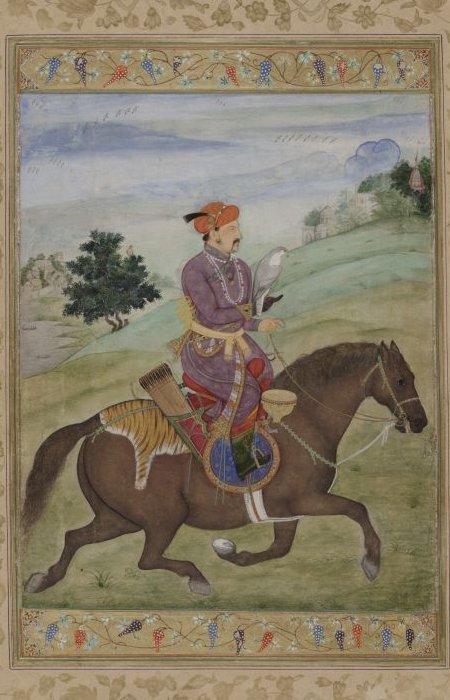
Princely rebellion
A princely rebellion or princely revolt is an intrastate armed conflict by a prince (or princess) against a reigning monarch of his (or her) own family, the ruling dynasty. A prince may rebel against a well-established monarch (usually his father, brother, or uncle, or sometimes mother) in order to seize the throne for himself immediately (either because he is impatient to wait for the current monarch to die or abdicate, or wants to prevent potential rivals from acceding first), to ensure his supposed right to sit on the throne in the future, or to secure other rights, privileges or interests such as appanages, alliances or sources of revenue that the monarch allegedly encroached upon, or failed to deliver or guarantee.[1]
This article is about princely wars against well-established monarchs. For (princely) wars during succession crises, see war of succession.Like wars of succession, princely rebellions were a common type of war in human history, but have seldom occurred after 1900 due to the disappearance of absolute monarchies.[2][3]